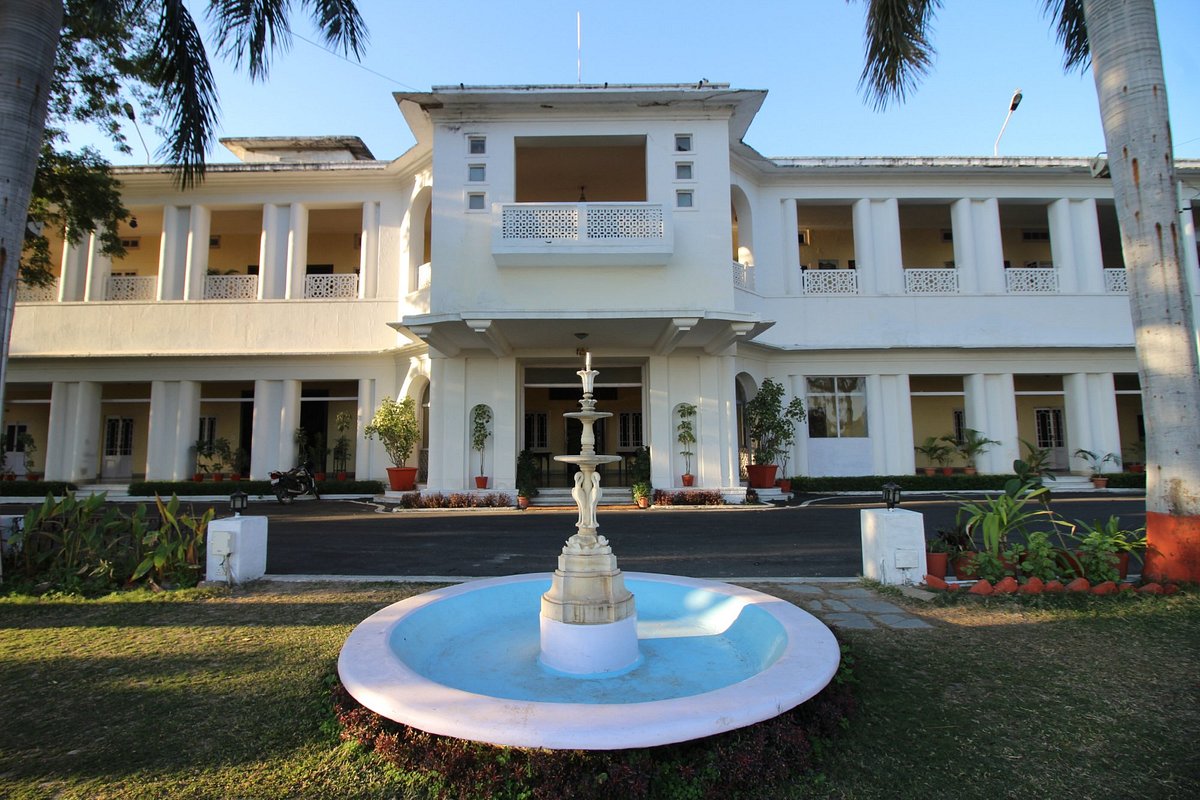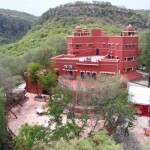A Review of Lakha Mandal Shiv Temple in Uttarakhand
Lakha Mandal Shiv Temple is an ancient Hindu temple complex located in the Jaunsar-Bawar region of Dehradun district in the state of Uttarakhand. The temple is dedicated to Lord Shiva and is popular among the Shaktism, who believe that a visit to this temple shrine will end their misfortunes1. The temple is also associated with the legend of Mahabharata, where Duryodhana tried to kill the Pandavas by making them stay at a palace made of wax2. Here is a review of the temple based on various aspects:
Table of contents [Show]
Location
The temple is situated on the Mussoorie-Yamunotri road, about 35 km from Chakrata and 128 km from Dehradun1. The temple lies on the bank of the Yamuna river, surrounded by lush green hills and forests. The temple offers a scenic view of the Himalayan peaks and valleys.
Accessibility
The temple can be reached by road from Dehradun or Chakrata. There are buses and taxis available from both places. The nearest railway station is Dehradun (107 km) and the nearest airport is Jolly Grant (130 km)2. The road condition is good for most part, except for some rough patches near the temple. The temple is open from 6 am to 6 pm every day.
Accommodation
There are not many options for accommodation near the temple. There are some guest houses and homestays in the nearby villages, but they are basic and may not have all the amenities. The nearest hotels are in Chakrata, which offer decent facilities and services. Alternatively, one can stay in Dehradun or Mussoorie and visit the temple as a day trip.
Attractions
The main attraction of the temple is the graphite lingam, which shines when wet and reflects its surroundings1. The lingam is believed to have miraculous powers and fulfills the wishes of the devotees. There are also many sculptures and architectural elements in the temple complex, dating back to 5th-13th century CE1. Some of them are:
- Twin statues of Danav and Manav, which are said to be either Arjuna and Bhima, or Jai and Vijay, or doormen of Lord Vishnu1.
- A stone inscription of 6th century CE, which records the construction of the temple by princess Ishwara for her late husband Chandragupta1.
- A pyramidal structure made of bricks and stones, which is believed to be the remains of the wax palace where Duryodhana tried to burn the Pandavas1.
Activities
The temple is a place of worship and meditation for the devotees. One can perform puja, offer prayers, and seek blessings from Lord Shiva. One can also enjoy the natural beauty and tranquility of the place. There are some trekking trails nearby, which lead to other temples and villages. One can also visit other attractions in Chakrata, such as Tiger Falls, Budher Caves, Deoban Forest, etc.
Safety
The temple is generally safe for visitors. However, one should be careful while driving on the hilly roads, especially during monsoon and winter seasons. One should also respect the local customs and traditions, and avoid any kind of littering or vandalism. There are no major security threats or health risks in the area.
Cost of Living
The cost of living near the temple is low compared to other tourist destinations. The transportation, accommodation, food, and other expenses are affordable and reasonable. One can expect to spend around Rs. 1000-1500 per day for a comfortable stay near the temple.
Local Hospitality
The local people are friendly and hospitable towards the visitors. They are helpful and cooperative in providing guidance and assistance. They also offer homestays and local cuisines to the tourists. They have a rich culture and heritage, which they preserve and share with pride.
Sustainability and Responsible Tourism
The temple is an important cultural and religious site for the locals as well as the tourists. It is also a part of the natural ecosystem and biodiversity of the region. Therefore, it is essential to maintain its sanctity and sustainability. The visitors should follow some basic guidelines to ensure responsible tourism:
- Do not litter or pollute the environment.
- Do not damage or deface any property or artifact.
- Do not disturb or harm any wildlife or flora.
- Do not make noise or create nuisance.
- Do not indulge in any illegal or immoral activity.
- Do respect the local culture and beliefs.
Personal Experience
I visited the temple in October 2022, along with my family. We stayed in a guest house near the temple, which was clean and comfortable. We reached the temple early in the morning, and were greeted by the priest, who performed a puja for us. We then saw the lingam, which was shining and reflecting the sunlight. It was a mesmerizing sight. We also explored the temple complex, and admired the ancient sculptures and architecture. We learned about the history and legend of the temple from the priest and the locals. We also enjoyed the scenic view of the mountains and the river. It was a peaceful and spiritual experience for us.
Best Timings
The best time to visit the temple is from September to November, when the weather is pleasant and clear. The temple is also open during other seasons, but one may face some difficulties due to rain, snow, or fog. The temple is also crowded during festivals like Shivaratri, Navratri, etc., when many pilgrims and tourists come to seek blessings from Lord Shiva.










